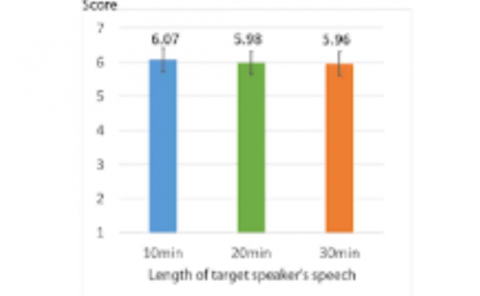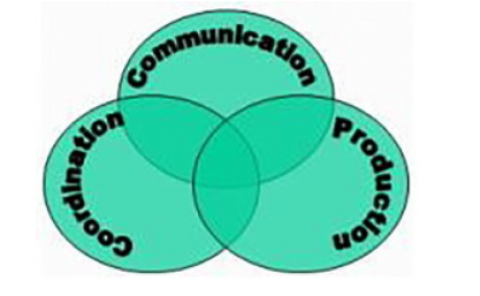Using mobile eye tracking for gaze- and head-contingent vision simulations
Date:June 2024
Teams:University of Tübingen
Writers:Yannick Sauer, Björn Severitt, Rajat Agarwala, and Siegfried Wahl
PDF:Using mobile eye tracking for gaze- and head-contingent vision simulations
Abstract
Eye tracking enables the implementation of gaze-contingent visual impairment simulations, holding promise for research, clinical uses, and demonstrations. While head-mounted displays (HMDs) are common for such simulations, screen-based implementations can be an alternative for individuals who are reluctant or unable to use HMDs. Screen-based simulations are less likely to induce virtual reality sickness and allow eye contact and social interaction with the demonstrator or examiner. To improve the immersion, we use mobile eye tracking with fiducial markers for a head- and gaze-contingent simulation of visual impairments on a screen.



